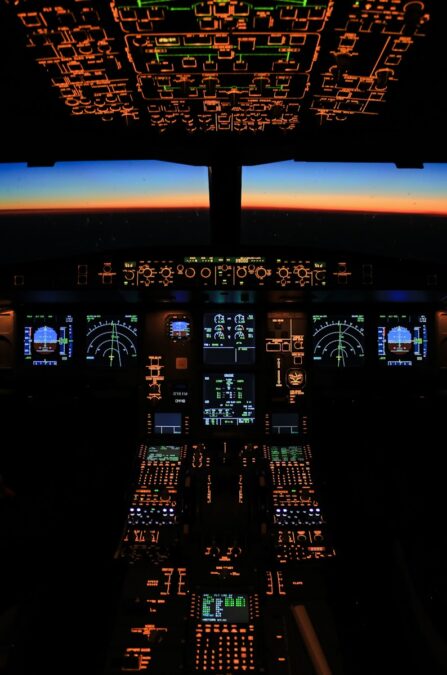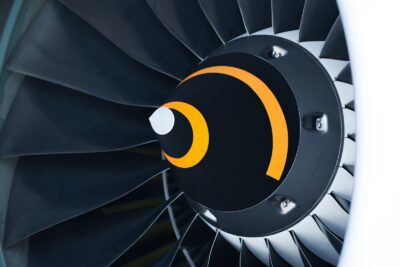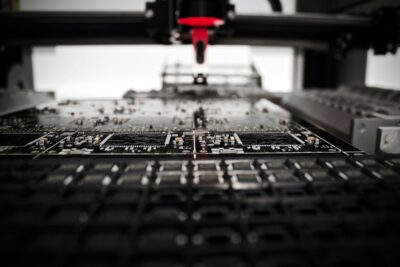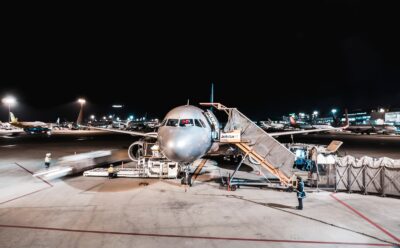Revolutionizing Aviation with Composite Materials
Introduction to Composite Materials in Aviation
Composite materials offer enhanced resistance to fatigue and corrosion, reducing the need for frequent inspections and maintenance. In the dynamic landscape of aviation, where safety, efficiency, and reliability are paramount, the integration of composite materials represents a significant advancement. From lightweight components to structural reinforcements, composite materials are revolutionizing aircraft design and maintenance practices, ushering in a new era of performance and sustainability.
Composite materials, consisting of a combination of polymers, fibers, and resins, offer unparalleled strength-to-weight ratios compared to traditional materials like metals. This characteristic makes them particularly well-suited for aerospace applications, where reducing weight while maintaining structural integrity is critical. By leveraging composite materials, aircraft manufacturers can design and produce components that are not only lighter but also more durable and resistant to environmental factors such as fatigue and corrosion.
Advantages of Composite Materials in Aviation
The adoption of composite materials in aviation provides a multitude of advantages across various aspects of aircraft performance and maintenance. One of the key benefits is the significant reduction in aircraft weight, which directly translates to improved fuel efficiency and operational cost savings. Lighter aircraft consume less fuel, resulting in lower emissions and environmental impact, aligning with the industry’s sustainability goals and regulatory requirements.
Furthermore, composite materials offer enhanced resistance to fatigue and corrosion, reducing the need for frequent inspections and maintenance. Unlike traditional metals, which are susceptible to corrosion and degradation over time, composite materials provide superior durability and longevity, leading to increased reliability and uptime for aircraft fleets. This reliability is crucial for airlines seeking to optimize their operational efficiency and maintain high levels of customer satisfaction.
Moreover, the versatility of composite materials enables the design and manufacturing of complex, integrated structures that optimize aerodynamics and performance. From aerodynamic fairings and wing components to fuselage panels and interior fittings, composite materials offer unparalleled design flexibility and precision. This flexibility allows for innovative solutions to engineering challenges, resulting in aircraft that are not only more efficient but also more aesthetically pleasing and comfortable for passengers.
Applications and Future Trends
The applications of composite materials in aviation continue to expand as technology advances and manufacturing processes evolve. In addition to structural components, composite materials are increasingly being used in critical systems such as propulsion, landing gear, and avionics. As the aerospace industry embraces digitalization and automation, the integration of composite materials with technologies like Artificial Intelligence and Blockchain holds the potential to further optimize aircraft performance and maintenance processes.
Looking towards the future, the development of advanced composite materials with enhanced properties such as self-healing capabilities and adaptive functionalities is underway. These next-generation materials have the potential to further improve aircraft reliability and safety while reducing lifecycle costs. Additionally, the emergence of the Metaverse as a new frontier for digital interaction and collaboration presents opportunities to leverage composite materials in virtual design and simulation environments, accelerating innovation and development cycles.
In Saudi Arabia and the UAE, where aerospace innovation is a strategic priority, investments in research and development are driving advancements in composite material technologies. Collaborations between government agencies, research institutions, and industry stakeholders are fostering a conducive ecosystem for innovation and technology transfer. By harnessing the potential of composite materials, these countries are positioning themselves as leaders in aerospace manufacturing and engineering, contributing to economic diversification and sustainable growth.
Conclusion: Shaping the Future of Aviation
In conclusion, the integration of composite materials is transforming the aviation industry, offering unparalleled advantages in terms of performance, efficiency, and sustainability. From reducing aircraft weight and fuel consumption to enhancing durability and reliability, composite materials are reshaping the way aircraft are designed, manufactured, and maintained. For business executives, mid-level managers, and entrepreneurs in the aerospace sector, embracing composite materials represents an opportunity to drive innovation, achieve competitive advantage, and contribute to a more sustainable future for aviation.
As the industry continues to evolve, collaboration and knowledge-sharing will be key to unlocking the full potential of composite materials. By leveraging modern technology, business success, and leadership skills, stakeholders can navigate the complexities of integrating composite materials into aircraft design and operations. Together, we can shape the future of aviation, advancing towards safer, more efficient, and environmentally friendly skies.
—
#compositematerials #aviation #aircraftmaintenance #fatigueresistance #corrosionresistance #SaudiArabia #UAE #moderntechnology #businesssuccess























